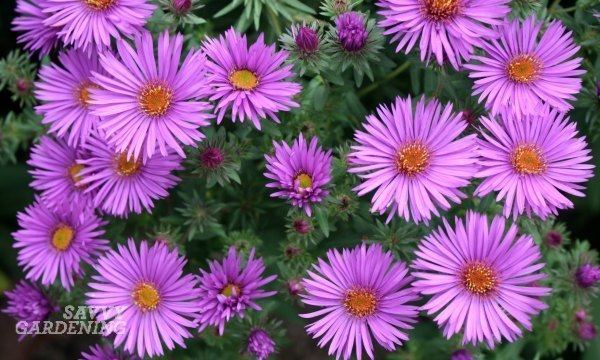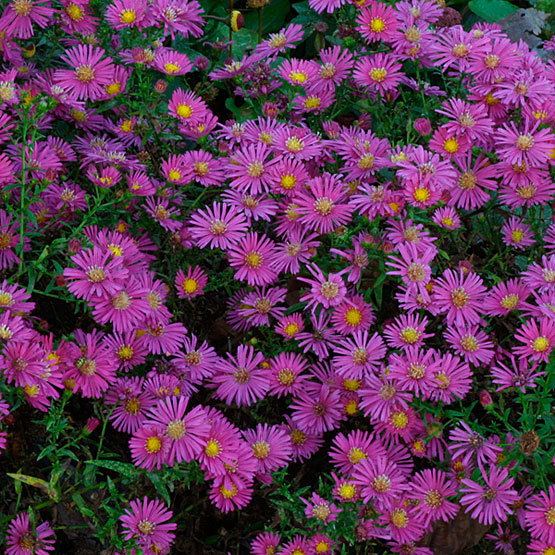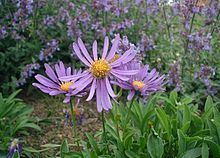Subfamily Asteroideae Scientific name Aster Rank Genus | ||
 | ||
Lower classifications | ||
Aster is a genus of flowering plants in the family Asteraceae. Its circumscription has been narrowed, and it now encompasses around 180 species, all but one of which are restricted to Eurasia; many species formerly in Aster are now in other genera of the tribe Astereae.
Contents
How to Grow Asters from Seed
Circumscription

The genus Aster once contained nearly 600 species in Eurasia and North America, but after morphologic and molecular research on the genus during the 1990s, it was decided that the North American species are better treated in a series of other related genera. After this split there are roughly 180 species within the genus, all but one being confined to Eurasia. The name Aster comes from the Ancient Greek word ἀστήρ (astḗr), meaning "star", referring to the shape of the flower head. Many species and a variety of hybrids and varieties are popular as garden plants because of their attractive and colourful flowers. Aster species are used as food plants by the larvae of a number of Lepidoptera species—see list of Lepidoptera that feed on Aster. Asters can grow in all hardiness zones.

The genus Aster is now generally restricted to the Old World species, with Aster amellus being the type species of the genus, as well as of the family Asteraceae. The New World species have now been reclassified in the genera Almutaster, Canadanthus, Doellingeria, Eucephalus, Eurybia, Ionactis, Oligoneuron, Oreostemma, Sericocarpus and Symphyotrichum, though all are treated within the tribe Astereae. Regardless of the taxonomic change, all are still widely referred to as "asters", or "Michaelmas daisies", because of their typical blooming period, in the horticultural trades. See the List of Aster synonyms for more information.
Some common species that have now been moved are:

The "China aster" is in the related genus Callistephus.
Species

In the United Kingdom, there are only two native members of the genus: goldilocks, which is very rare, and Aster tripolium, the sea aster. Aster alpinus spp. vierhapperi is the only species native to North America.
Some common species are:
Hybrids and cultivars
(those marked agm have gained the Royal Horticultural Society's Award of Garden Merit:-
In history
The Hungarian revolution of 31 October 1918, became known as the "Aster Revolution" due to protesters in Budapest wearing this flower.
